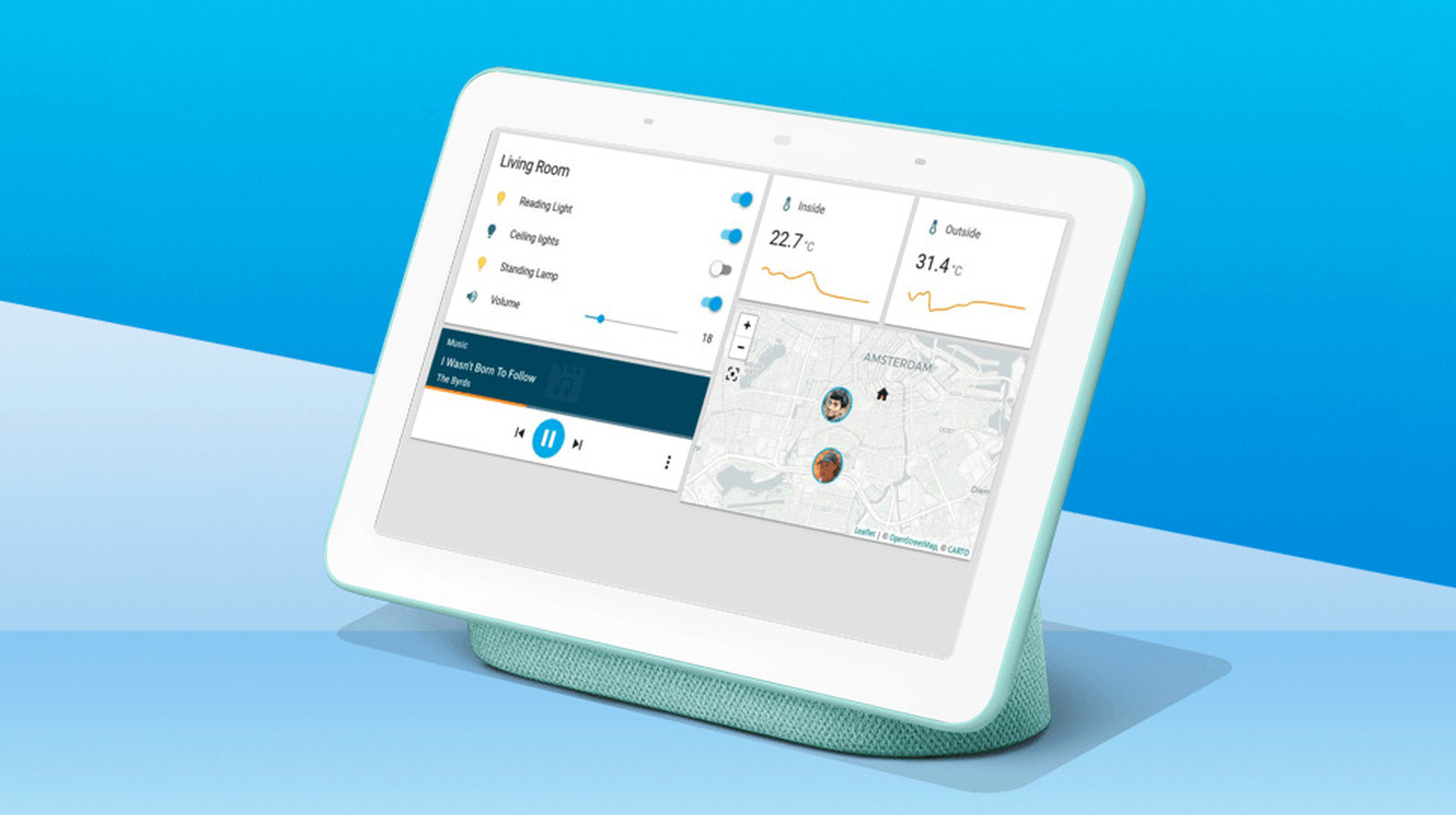Building to Last: A Developer's Guide to Designing Scalable APIs
In the world of software development, building an API that can gracefully handle growth is paramount. A scalable API can be the difference between a thriving application and one that crumbles under its own success. This guide will walk you through the essential principles and best practices for designing APIs that are built to last. Start with a Solid Foundation: Design and Architecture Before you write a single line of code, thoughtful design and architectural choices are crucial for scalability. Embrace RESTful Principles: For many applications, Representational State Transfer (REST) provides a solid architectural foundation. Key principles include: Statelessness: Each request from a client must contain all the information needed for the server to fulfill the request. The server should not store any client context between requests. This allows you to easily distribute requests across multiple servers. Client-Server Separation: The client and server are independent. This separation of concerns allows each to evolve independently. Uniform Interface: A consistent and uniform interface simplifies the interaction between the client and the server. This includes using standard HTTP methods (GET, POST, PUT, DELETE), resource-based URLs, and a consistent data format like JSON. Consider Your Architecture: While REST is a great default, other architectural patterns might be a better fit depending on your use case. Microservices: Breaking down your application into smaller, independent services can improve scalability and maintainability. Each microservice can be scaled independently based on its specific needs. GraphQL: For applications with complex data requirements, GraphQL allows clients to request exactly the data they need, reducing over-fetching and under-fetching of data. Taming the Data Deluge: Efficient Data Handling How your API handles data is a major factor in its scalability. Pagination is Non-Negotiable: Never return a large, unfiltered list of resources in a single response. Implement pagination from day one. Common methods include: Offset-based pagination: The client specifies a limit and an offset (e.g., ?limit=20&offset=40). Cursor-based pagination: The API provides a "cursor" (an opaque string) that points to the next set of results. This method is generally more performant for large datasets. JSON // Example of Cursor-Based Pagination Response { "data": \[ // ... list of resources \], "next\_cursor": "c3RhcnRfaXRlbT0xMDE=" } Filtering and Sorting: Allow clients to filter and sort results to reduce the amount of data transferred and processed. Efficient Database Interaction: Indexing: Ensure your database tables are properly indexed to speed up query performance. Query Optimization: Analyze and optimize your database queries to be as efficient as possible. Avoid unnecessary joins and select only the fields you need. Performance Under Pressure: Caching and Asynchronous Operations To handle high traffic volumes, you need to reduce the load on your servers. Implement Caching: Caching is one of the most effective ways to improve API performance and scalability. HTTP Caching: Use HTTP headers like Cache-Control, ETag, and Last-Modified to allow clients and intermediate proxies to cache responses. Server-Side Caching: Use in-memory caches like Redis or Memcached to store frequently accessed data and reduce database load. Embrace Asynchronicity: For long-running tasks, such as sending emails, processing images, or generating reports, don't make the client wait. Use asynchronous processing: The client makes a request to start a task. The API immediately responds with a "202 Accepted" status and a job ID. The task is processed in the background. The client can poll an endpoint with the job ID to check the status or the API can use a webhook to notify the client when the task is complete. Protecting Your API and Your Users Security and rate limiting are crucial for a stable and scalable API. Secure Your Endpoints: Authentication: Use robust authentication mechanisms like OAuth 2.0 or JWT (JSON Web Tokens) to ensure that only authorized users can access your API. Authorization: Implement proper authorization checks to ensure that users can only access the resources they are permitted to. Implement Rate Limiting: To prevent abuse and ensure fair usage, implement rate limiting. This involves setting a limit on the number of requests a client can make in a given time period. The X-RateLimit-Limit, X-RateLimit-Remaining, and X-RateLimit-Reset headers are commonly used to communicate these limits to clients. HTTP/1.1 429 Too Many Requests Content-Type: application/json Retry-After: 3600 { "message": "API rate limit exceeded for user X." } Plan for the Future: Versioning and Monitoring A scalable API is one that can evolve without breaking existi

In the world of software development, building an API that can gracefully handle growth is paramount. A scalable API can be the difference between a thriving application and one that crumbles under its own success. This guide will walk you through the essential principles and best practices for designing APIs that are built to last.
Start with a Solid Foundation: Design and Architecture
Before you write a single line of code, thoughtful design and architectural choices are crucial for scalability.
Embrace RESTful Principles: For many applications, Representational State Transfer (REST) provides a solid architectural foundation. Key principles include:
- Statelessness: Each request from a client must contain all the information needed for the server to fulfill the request. The server should not store any client context between requests. This allows you to easily distribute requests across multiple servers.
- Client-Server Separation: The client and server are independent. This separation of concerns allows each to evolve independently.
- Uniform Interface: A consistent and uniform interface simplifies the interaction between the client and the server. This includes using standard HTTP methods (GET, POST, PUT, DELETE), resource-based URLs, and a consistent data format like JSON.
Consider Your Architecture: While REST is a great default, other architectural patterns might be a better fit depending on your use case.
- Microservices: Breaking down your application into smaller, independent services can improve scalability and maintainability. Each microservice can be scaled independently based on its specific needs.
- GraphQL: For applications with complex data requirements, GraphQL allows clients to request exactly the data they need, reducing over-fetching and under-fetching of data.
Taming the Data Deluge: Efficient Data Handling
How your API handles data is a major factor in its scalability.
Pagination is Non-Negotiable: Never return a large, unfiltered list of resources in a single response. Implement pagination from day one. Common methods include:
-
Offset-based pagination: The client specifies a limit and an offset (e.g.,
?limit=20&offset=40). - Cursor-based pagination: The API provides a "cursor" (an opaque string) that points to the next set of results. This method is generally more performant for large datasets.
JSON
// Example of Cursor-Based Pagination Response
{
"data": \[
// ... list of resources
\],
"next\_cursor": "c3RhcnRfaXRlbT0xMDE="
}
Filtering and Sorting: Allow clients to filter and sort results to reduce the amount of data transferred and processed.
Efficient Database Interaction:
- Indexing: Ensure your database tables are properly indexed to speed up query performance.
- Query Optimization: Analyze and optimize your database queries to be as efficient as possible. Avoid unnecessary joins and select only the fields you need.
Performance Under Pressure: Caching and Asynchronous Operations
To handle high traffic volumes, you need to reduce the load on your servers.
Implement Caching: Caching is one of the most effective ways to improve API performance and scalability.
-
HTTP Caching: Use HTTP headers like
Cache-Control,ETag, andLast-Modifiedto allow clients and intermediate proxies to cache responses. - Server-Side Caching: Use in-memory caches like Redis or Memcached to store frequently accessed data and reduce database load.
Embrace Asynchronicity: For long-running tasks, such as sending emails, processing images, or generating reports, don't make the client wait. Use asynchronous processing:
- The client makes a request to start a task.
- The API immediately responds with a "202 Accepted" status and a job ID.
- The task is processed in the background.
- The client can poll an endpoint with the job ID to check the status or the API can use a webhook to notify the client when the task is complete.
Protecting Your API and Your Users
Security and rate limiting are crucial for a stable and scalable API.
Secure Your Endpoints:
- Authentication: Use robust authentication mechanisms like OAuth 2.0 or JWT (JSON Web Tokens) to ensure that only authorized users can access your API.
- Authorization: Implement proper authorization checks to ensure that users can only access the resources they are permitted to.
Implement Rate Limiting: To prevent abuse and ensure fair usage, implement rate limiting. This involves setting a limit on the number of requests a client can make in a given time period. The X-RateLimit-Limit, X-RateLimit-Remaining, and X-RateLimit-Reset headers are commonly used to communicate these limits to clients.
HTTP/1.1 429 Too Many Requests
Content-Type: application/json
Retry-After: 3600
{
"message": "API rate limit exceeded for user X."
}
Plan for the Future: Versioning and Monitoring
A scalable API is one that can evolve without breaking existing clients.
Version Your API: Introduce changes to your API in a backward-compatible way whenever possible. When breaking changes are necessary, use API versioning. Common strategies include:
-
URL Versioning:
/v1/users -
Header Versioning:
Accept: application/vnd.myapi.v1+json
Monitor Everything: You can't scale what you can't measure. Implement comprehensive monitoring and logging to track:
- API performance: Response times, error rates, and throughput.
- Resource usage: CPU, memory, and database load.
Use this data to identify bottlenecks and make informed decisions about scaling your infrastructure.
By following these principles, you can design and build APIs that are not only functional and robust but also capable of handling significant growth. Scalability is not an afterthought; it's a fundamental aspect of quality API design.





























































_.png)
















































































































![[The AI Show Episode 151]: Anthropic CEO: AI Will Destroy 50% of Entry-Level Jobs, Veo 3’s Scary Lifelike Videos, Meta Aims to Fully Automate Ads & Perplexity’s Burning Cash](https://www.marketingaiinstitute.com/hubfs/ep%20151%20cover.png)





























































































































![From electrical engineering student to CTO with Hitesh Choudhary [Podcast #175]](https://cdn.hashnode.com/res/hashnode/image/upload/v1749158756824/3996a2ad-53e5-4a8f-ab97-2c77a6f66ba3.png?#)


















































































































.png?width=1920&height=1920&fit=bounds&quality=70&format=jpg&auto=webp#)





















_Michael_Vi_Alamy.jpg?width=1280&auto=webp&quality=80&disable=upscale#)










































































































![watchOS 26 May Bring Third-Party Widgets to Control Center [Report]](https://www.iclarified.com/images/news/97520/97520/97520-640.jpg)

![AirPods Pro 2 On Sale for $169 — Save $80! [Deal]](https://www.iclarified.com/images/news/97526/97526/97526-640.jpg)




































































